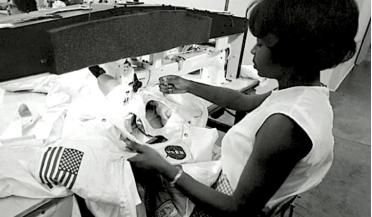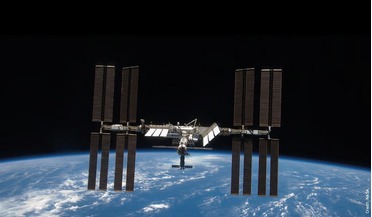 May 2024
Out of this world – NASA’s textile technicians and innovations for space voyages
May 2024
Out of this world – NASA’s textile technicians and innovations for space voyages
... for astronauts’ spacesuits and spacecraft as a shield from flying debris or for large antennas and other deployable devices because the material is foldable and its shape can change quickly. In the future astronauts could even...
 October 2024
Space exploration remains a crucial endeavour for humanity
October 2024
Space exploration remains a crucial endeavour for humanity
... initially developed for space missions have been successfully adapted to create more efficient batteries for medical devices, such as the FDA-approved wireless arthroscope that uses aerospace-grade batteries for minimally invasive surgeries...
 13 October 2015
Israel and France Expand Space Cooperation
13 October 2015
Israel and France Expand Space Cooperation
... regarding the coating on satellites and their ability to withstand extreme conditions in space. Developed at Soreq, the device will measure radiation and the concentration of free oxygen in space, which destroy the surface of essential optical...
 July 2014
Preventing catastrophic impact
July 2014
Preventing catastrophic impact
... that are a few hundred metres wide could be blown up with a megaton nuclear device. Today’s rockets are more than capable of carrying such an explosive device into space. On the basis of the rapid-reaction phase it may be sufficient...
 June 2015
Innovation at escape velocity: from NASA’s Apollo to SpaceX
June 2015
Innovation at escape velocity: from NASA’s Apollo to SpaceX
...the decade. Further development of the technology led to devices with hundreds of transistors on each chip, and then ...’s supply of integrated circuits (IC)to develop and build these devices. It has a decisive effect in stimulating the development ...
 June 2016
A new microgravity research facility for Central Texas and beyond
June 2016
A new microgravity research facility for Central Texas and beyond
...to the capsule sensor and diagnostics electronics. Deceleration test device at 40 percent scale from approximately 12 meters height ...the drag shield until they both enter the deceleration device where the kinetic energy gets dissipated. A soft ...